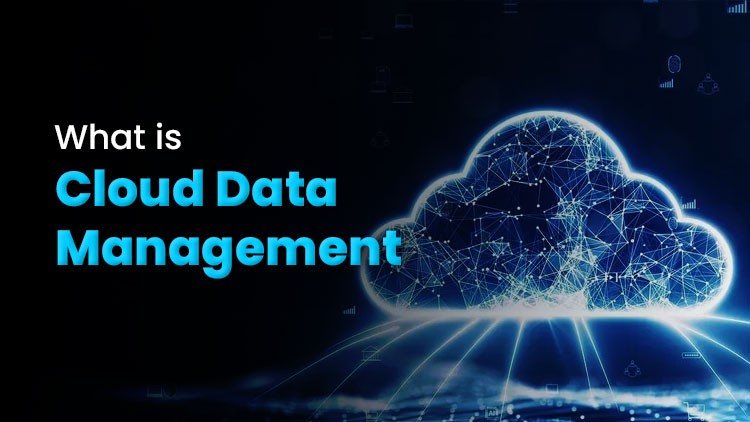Future of AI and Machine Learning in Cloud Computing:
AI (Artificial Intelligence) and ML (Machine Learning) are revolutionizing cloud computing, leading to innovation, automation, and better services. Here are some key trends and future prospects:
1. AI-Powered Cloud Services:
- Trend: Cloud providers are embedding AI and ML capabilities directly into their platforms, offering tools for analytics, natural language processing (NLP), image recognition, and more.
- Future Impact: Organizations would rely more on cloud-based AI without having to develop intelligent applications in-house.
2. Serverless AI and ML:
- Trend: Cloud computing has made the deployment of AI models much easier and hassle-free, as no infrastructure management is required.
- Future Impact: Developers will design AI solutions without bothering about scale, updates, or maintenance issues.
3. Democratization of AI:
- Trend: Cloud platforms are lowering barriers by offering pre-trained models and no-code and low-code ML tools.
- Future Impact: Small businesses and non-technical users can now utilize AI for decision-making, customer insights, and automation.
4. Edge AI Integration:
- Trend: The trend is the integration of cloud computing with edge AI that will allow processing closer to the data sources, such as IoT devices.
- Future Impact: Smarter, more responsive applications will be enabled by reduced latency and real-time decision-making in healthcare, manufacturing, and autonomous vehicles.
5. AI for Cloud Optimization:
- Trend: AI is being used to maximize cloud resource allocation, cost management and energy efficiency.
- Future Impact: Improved performance, lowering operational costs, and efficient green cloud operations.
6. Advanced Data Analytics:
- Trend: Cloud-based AI systems are providing robust powerful tools for predictive and prescriptive analytics.
- Future Impact: Businesses can forecast trends, detect anomalies, and optimize operations with far greater accuracy.
7. AI-Driven Security Enhancements:
- Trend: Machine learning algorithms are improving threat detection, intrusion prevention, and risk assessment.
- Future Impact: Cloud environments will be more secure, and the risk of cyberattacks and data breaches will be mitigated.
8. Federated Learning and Privacy-Preserving AI:
- Trend: Cloud platforms are embracing federated learning to train AI models without sharing sensitive data.
- Future Impact: Better privacy and compliance with data protection regulations such as GDPR.
9. Hybrid Cloud AI Solutions:
- Trend: AI applications are being designed to work seamlessly across public, private, and hybrid clouds.
- Future Impact: More flexibility and compatibility for organizations that have mixed workloads.
10. AI in Cloud Automation:
- Trend: AI is automating mundane cloud management activities like monitoring, patching, and scaling.
- Future Impact: IT teams will focus more on strategic goals than operational pain points.
Challenges to Be Addressed:
- Ethical AI: Ensuring fairness, non-discrimination, and transparency in AI systems.
- Skills Gap: Developing and managing AI-cloud solutions
- Regulatory Compliance: Global and regional data regulations compliance
Conclusion:
AI and ML will form the foundation of the future cloud ecosystem. Smart and integrated cloud computing will help organizations to unlock unprecedented innovation, efficiency, and growth. Investing in these technologies enables businesses to remain competitive in a fast-changing digital landscape.
"Find Out What Your Website’s Missing – Let’s Talk Today"



No comments:
Post a Comment